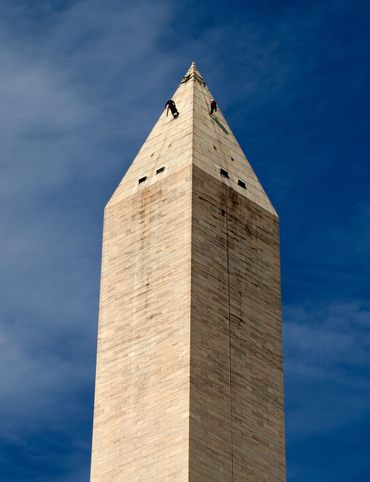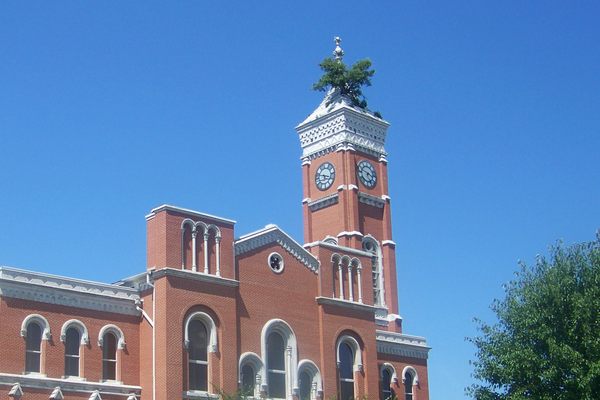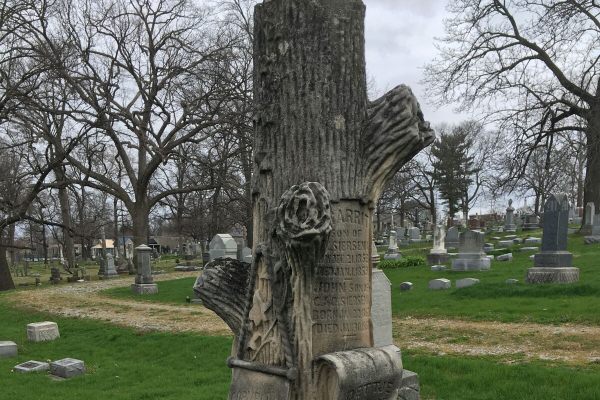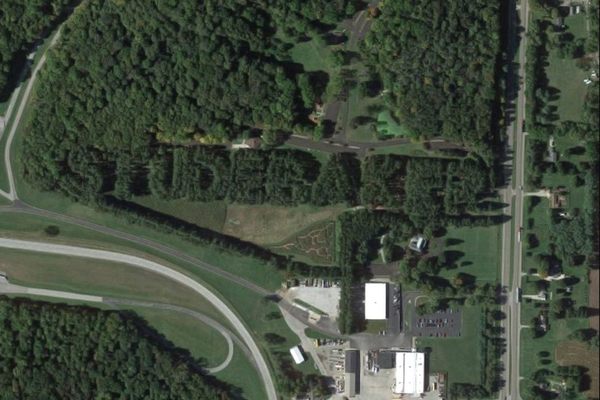50 States of Wonder
5 Incredible Trees You Can Find Only in Indiana
Once upon a time, the forests of Indiana were endless. Or that was how it seemed in the 19th century, when the state produced more lumber than anywhere else in the nation. The valuable trees went first, such as black walnut and white oak. The scrubby leftovers were often burned to create farmland. At the start of European settlement, 90 percent of what is now Indiana was forest. That number plummeted to a measly 6 percent by 1922. While the forests have significantly recovered, there are still only about 2,000 acres of old-growth forest left in the state.
Yet trees hold a hallowed place here. One town has graciously allowed a tree to grow on its courthouse roof for more than a hundred years. In many graveyards, markers are fashioned to look like stumps and branches. Read on for five woody wonders of Indiana, all rooted deeply in their communities.
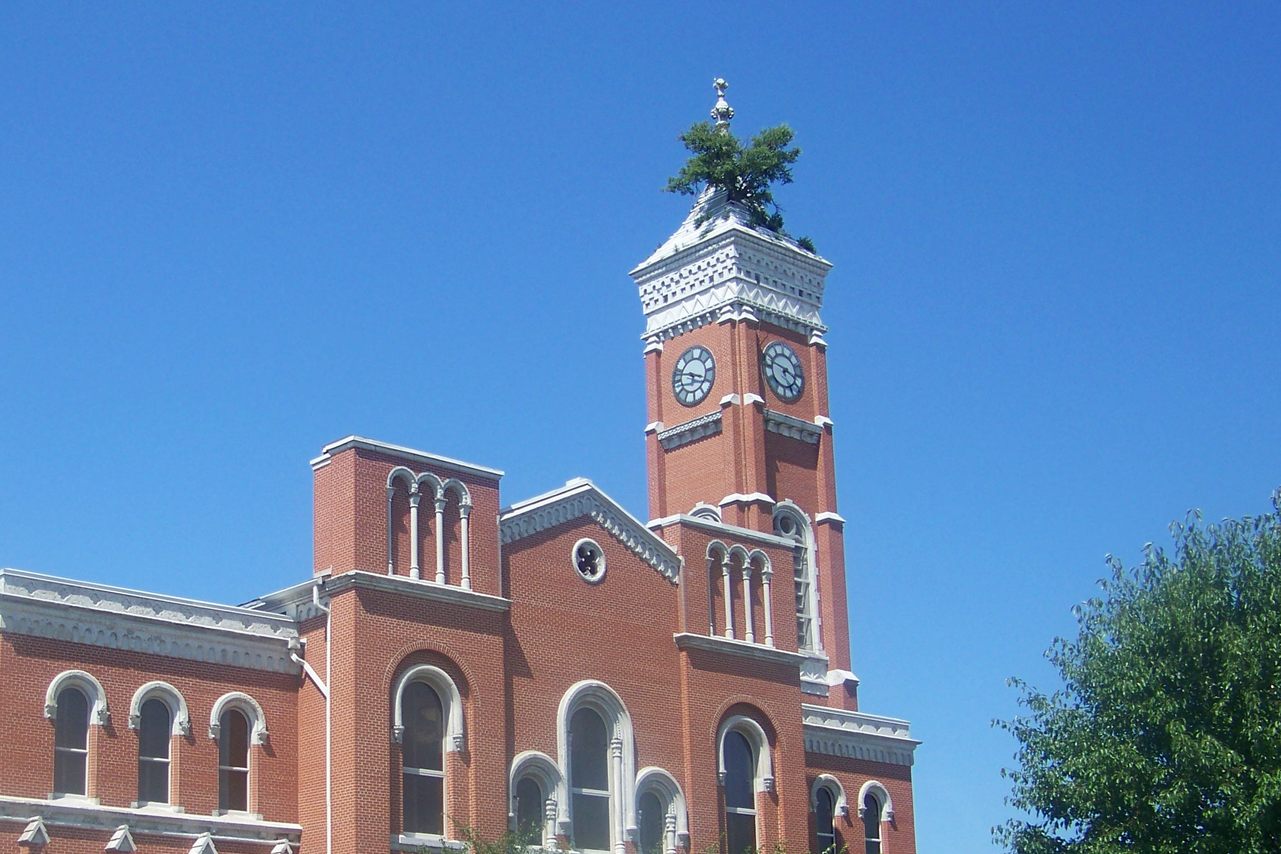
1. Courthouse Tree
Ever since the 1870s, trees have rooted themselves in the highest point of Greenburg's courthouse. How a seed managed to find purchase on a roof 110 feet above the ground remains a mystery, but the tree is now a monument in its own right. For decades, said trees were identified as large-tooth aspens. However, the current tree is a mulberry.
While most town bureaucracies might demand the removal of an intrusive rooftop tree, Greensburg has nearly always been proud of its sky-high resident, even taking on the name “Tree City” in its honor. (Read more.)
150 Courthouse Square, Greensburg, IN 47240
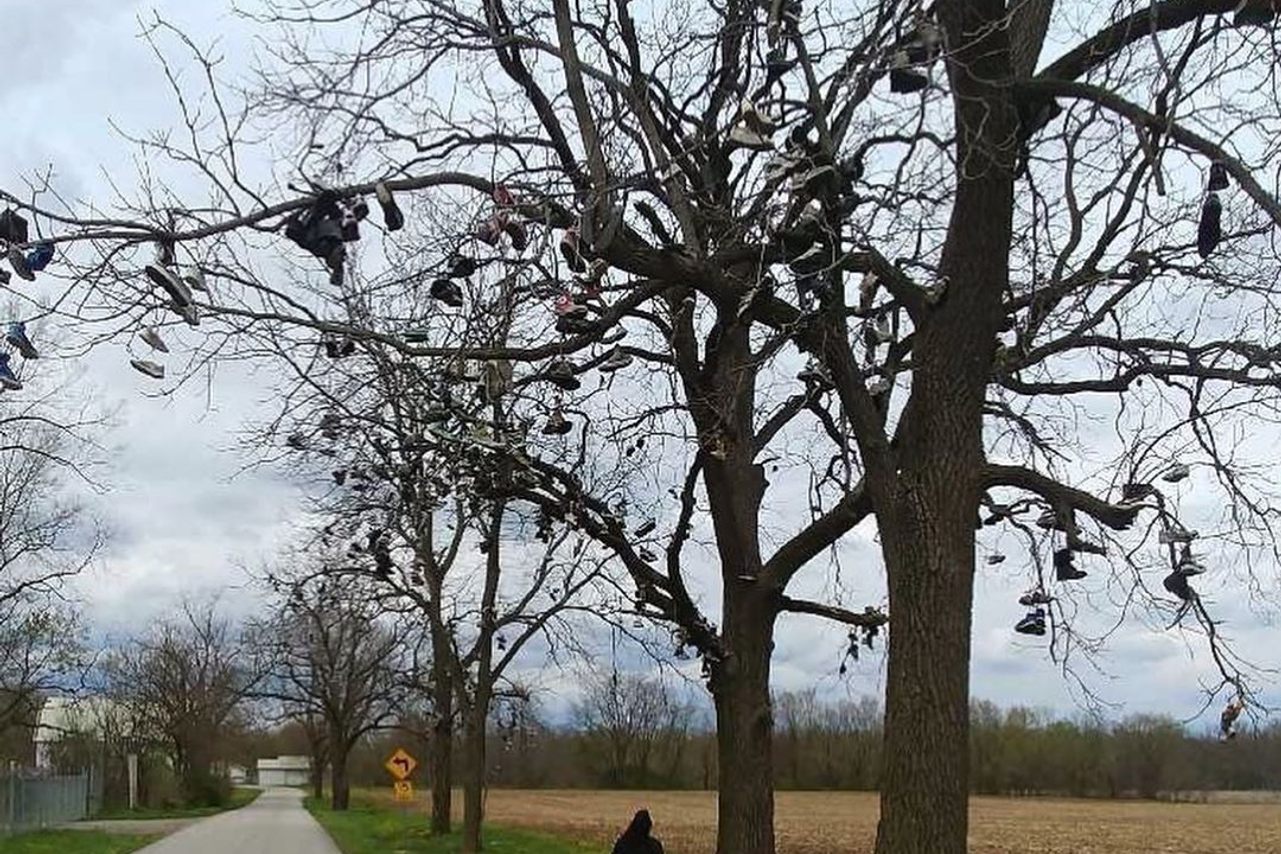
2. Albany Shoe Tree
Humans love to drape their kicks over trees, and there are many shoe trees around the world. Indiana has a good share of such trees, including specimens in Troy, Milltown, and this one, in Albany. Wander over to see a tree with true sole—and feel free to leave some worn-out shoes of your own. (Read more.)
Edgewater Rd, Albany, IN 47320
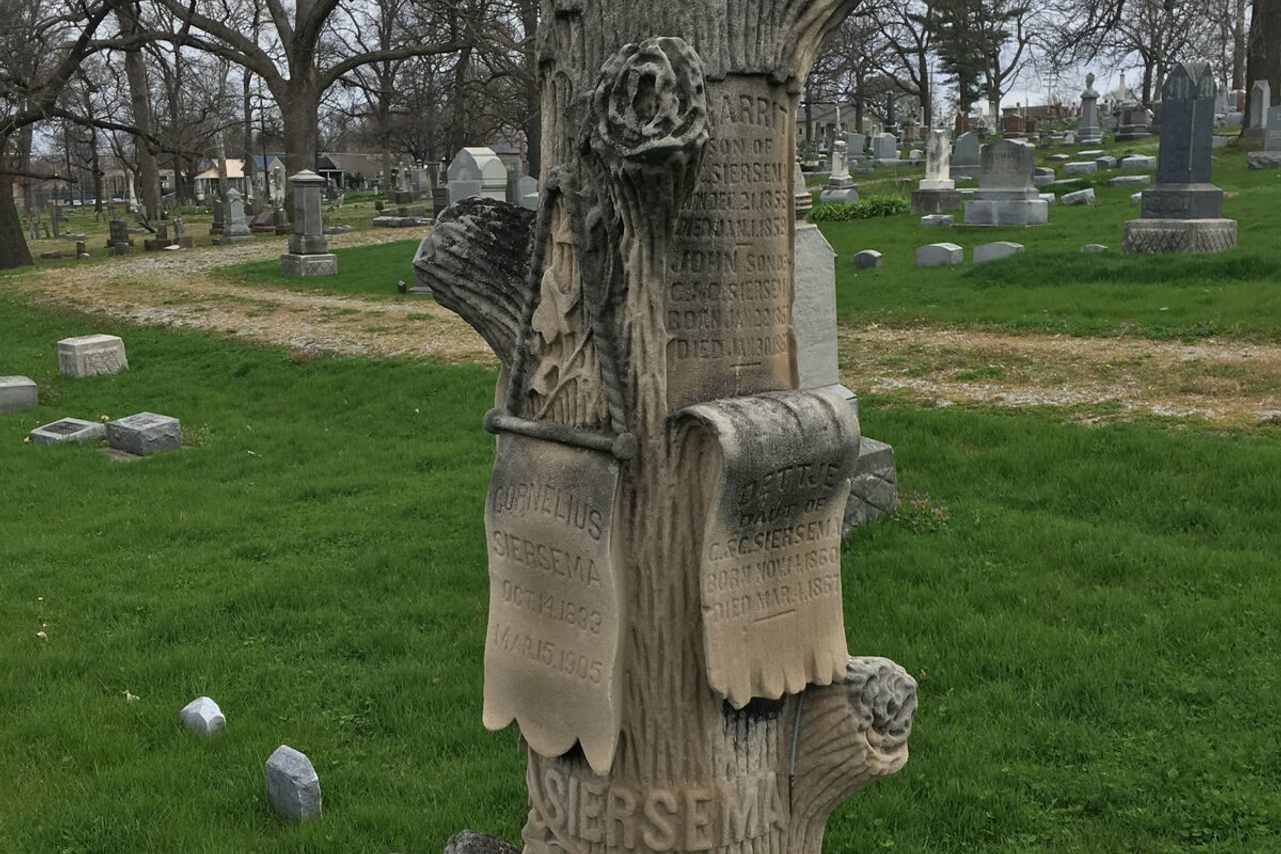
3. Family Tree Gravestones
For a time in the 19th century, Midwestern mourners buried their dead beneath gravestones fashioned to look like trees, stumps, or logs. At Lafayette's aptly-named Greenbush Cemetery, a number of family plots sport botanical grave markers with carved bark and vines.
A fraternal organization, Woodmen of the World, popularized woodsy gravestones in the late 19th century by providing them for their late members. But several factors tie these gravestones specifically to Indiana. For one, the state once boasted the country's largest lumber industry, meaning that these sylvan stones referenced a common trade. Plus, Indiana's wealth of limestone, hauled across the country to build everything from the Empire State Building to the Pentagon, meant that the state had a host of stonemasons and carvers who were more than capable of creating this type of memorial forest. (Read more.)
1408 N 12th St, Lafayette, IN 47904
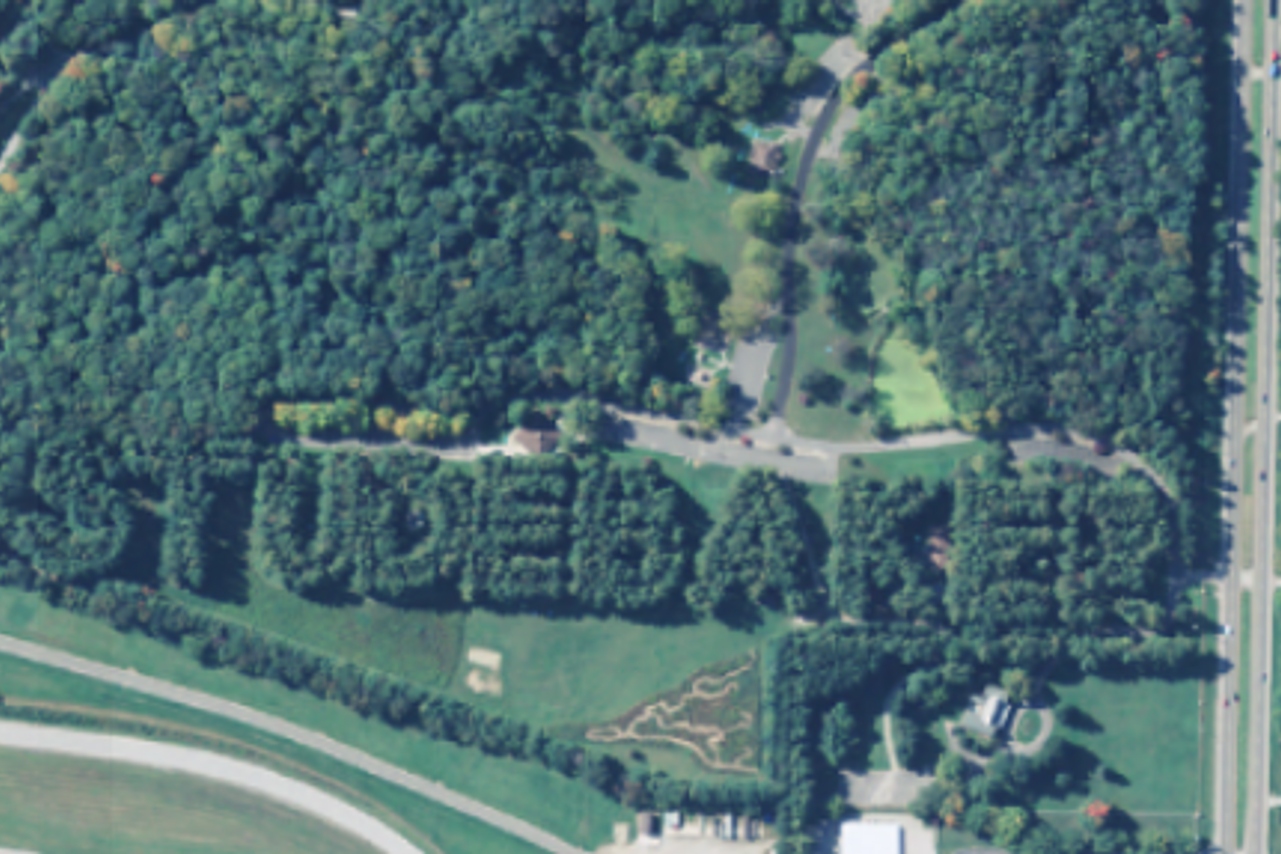
4. Studebaker Tree Sign
The last Studebaker left the assembly line in 1966, but the iconic car company's biggest billboard still grows in New Carlisle, Indiana. Studebaker, originally an Indiana-based company, planted a massive forest of pine trees at their automobile testing grounds in 1938, but their purpose wasn't offsetting carbon or beautifying the area: Instead, 8,000 red and white pines spelled out STUDEBAKER, though the words are only visible to air travelers.
Though the company itself is long gone, the trees grow on, a gimmicky but green memento of the past. Recently, the surrounding community even resorted the grove, adding new trees to replace the dead and damaged ones. (Read more.)
Bendix Woods, New Carlisle, IN 46552
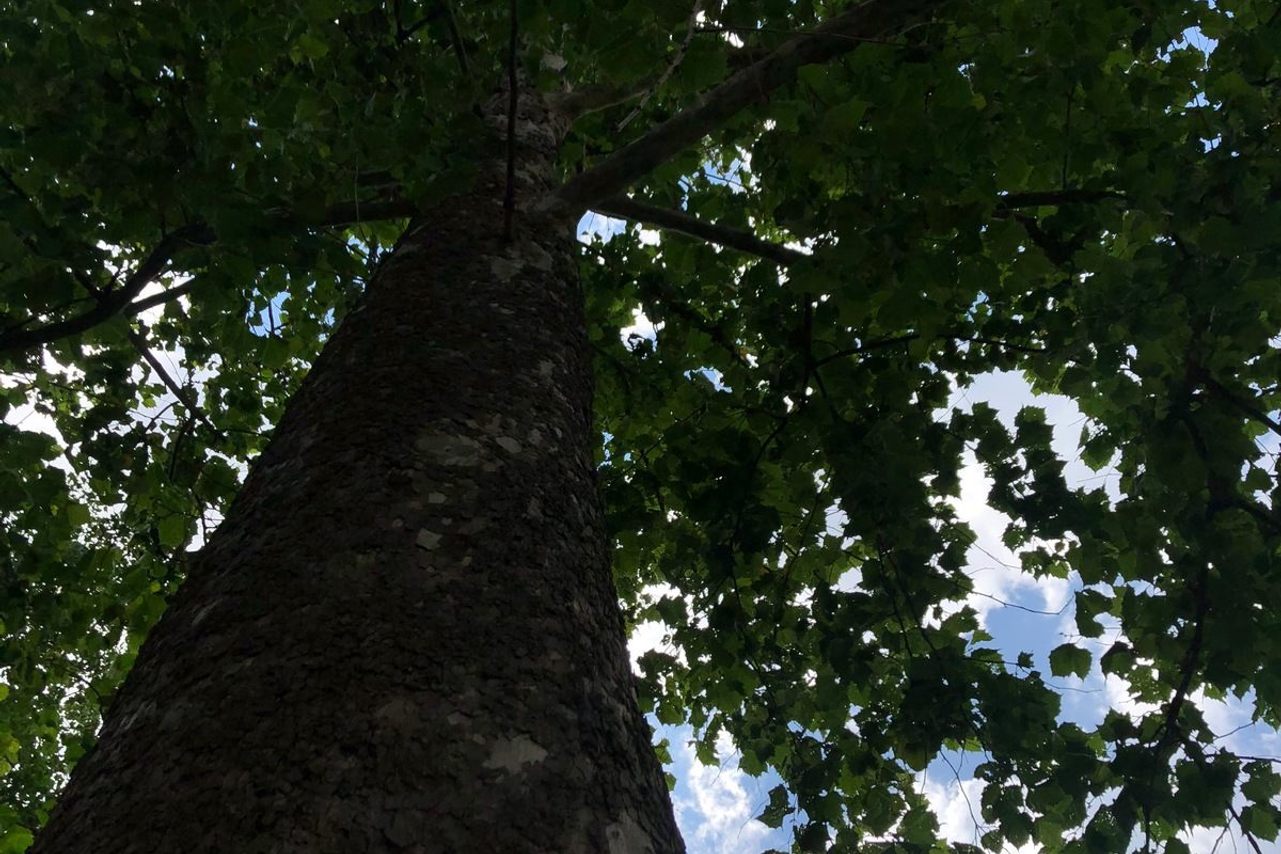
5. Indianapolis Moon Tree
While Greensburg's courthouse tree is certainly high-flying, another Indiana tree has reached even greater heights: It has flown to the moon and back.
During the Apollo 14 lunar mission, astronaut Stuart A. Roosa took 500 seeds with him, from several different kinds of trees. After their time in orbit, the seeds came back down to Earth with Roosa and were planted across the United States with much fanfare. The state of Indiana has four Moon Trees in all. This one, at the arboretum of the Indiana Statehouse, is a sycamore. (Read more.)
200 W Washington St, Indianapolis, IN 46204

4 Underwater Wonders of Florida
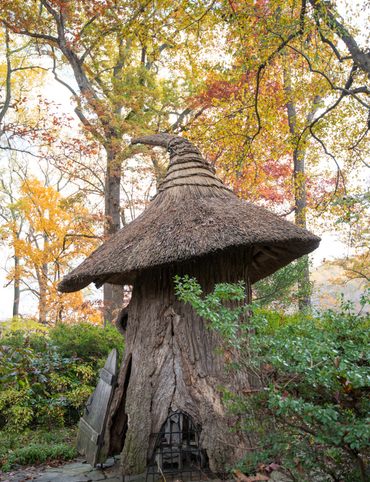
6 Spots Where the World Comes to Delaware

6 Wondrous Places to Get Tipsy in Missouri
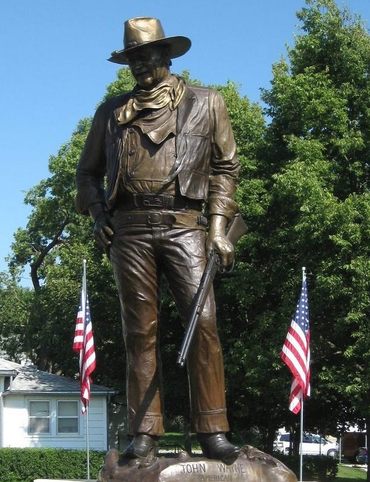
4 Pop-Culture Marvels in Iowa

7 Stone Spectacles in Georgia
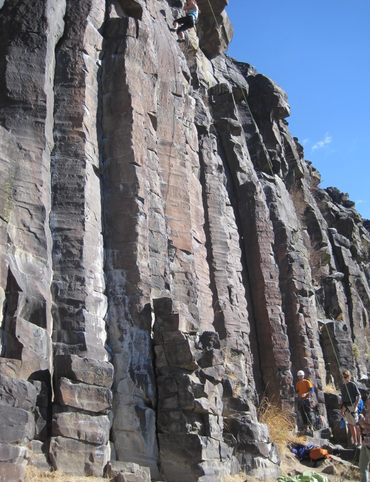
6 Stone-Cold Stunners in Idaho
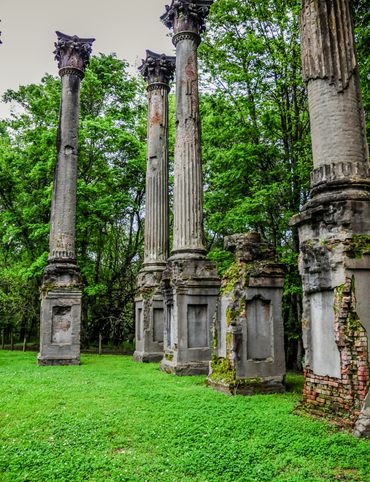
8 Historic Spots to Stop Along Mississippi's Most Famous River

5 Famous and Delightfully Obscure Folks Buried in Kentucky

4 Wacky Wooden Buildings in Wyoming

7 Spots to Explore New Jersey’s Horrors, Hauntings, and Hoaxes
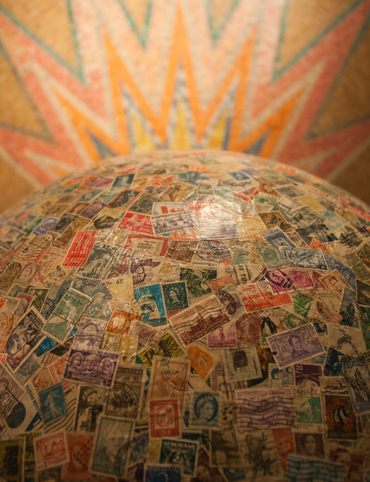
4 Out-There Exhibits Found Only in Nebraska

6 Sweet and Savory Snacks Concocted in Utah
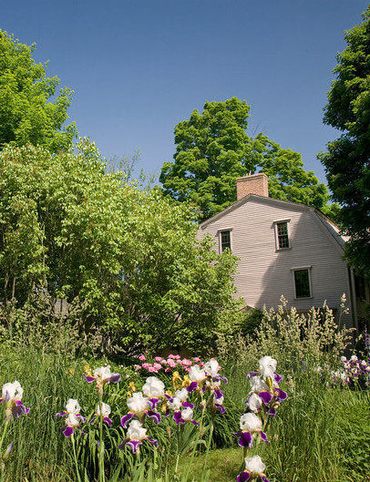
12 Places in Massachusetts Where Literature Comes to Life
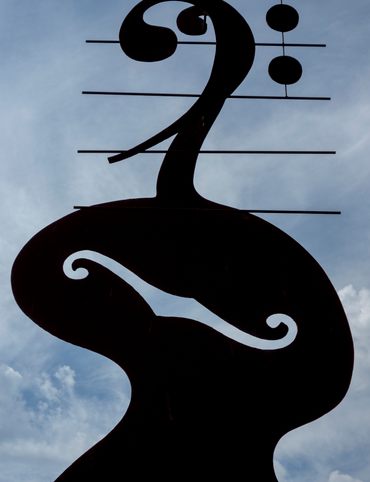
8 Places to Get Musical in Minnesota
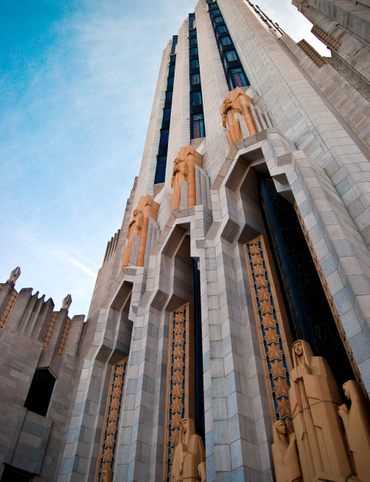
8 Buildings That Prove Oklahoma's an Eclectic Art Paradise

9 Stunning Scientific Sites in Illinois
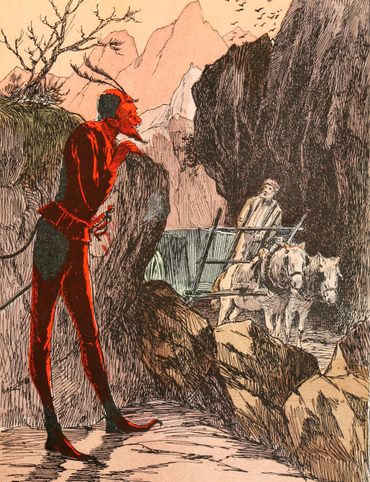
5 Strange and Satanic Spots in New Hampshire

8 Historic Military Relics in Maryland
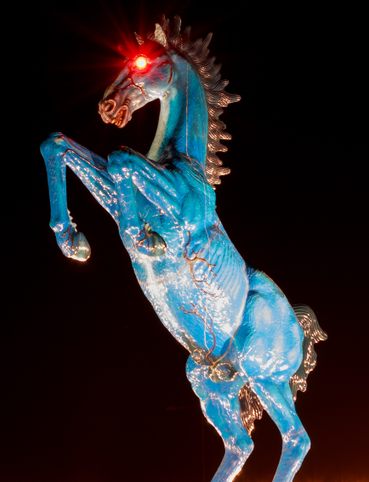
5 of Colorado's Least-Natural Wonders
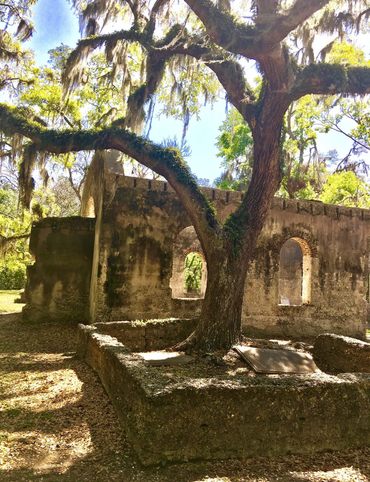
6 Hallowed Grounds in South Carolina
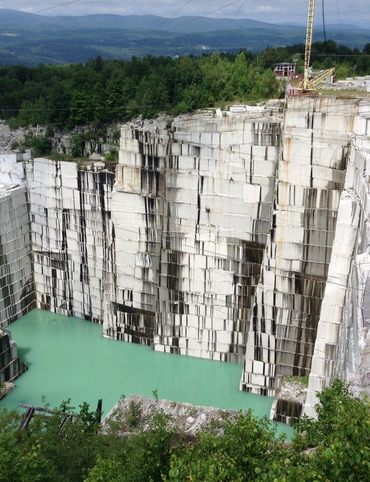
9 Rocking Places in Vermont
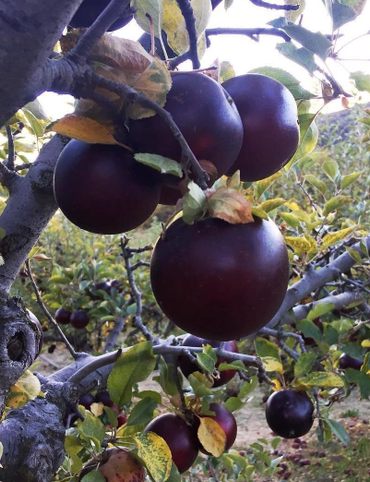
Black Apples and 6 Other Southern Specialties Thriving in Arkansas
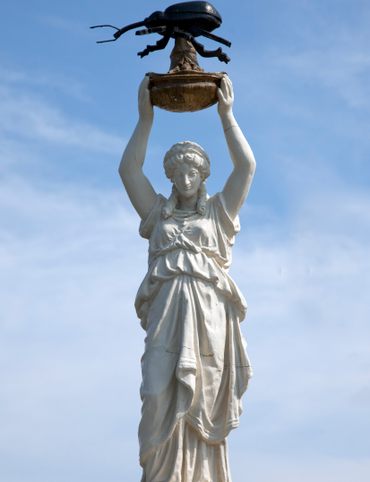
4 Monuments to Alabama’s Beloved Animals
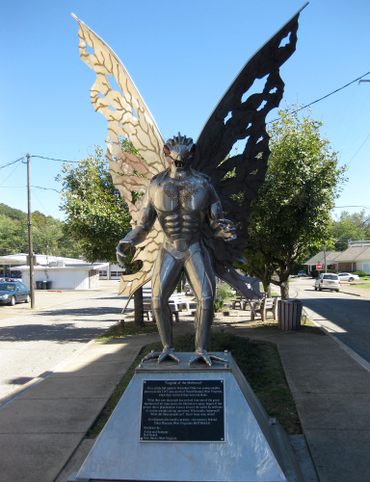
The Dark History of West Virginia in 9 Sites
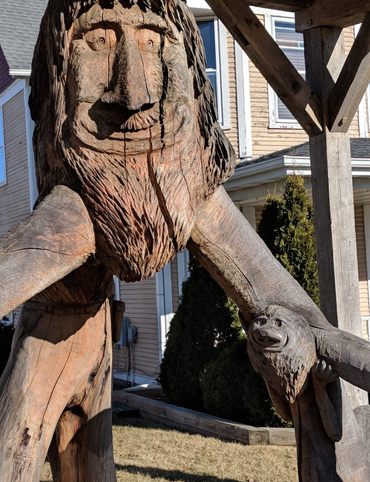
11 Zany Collections That Prove Wisconsin's Quirkiness
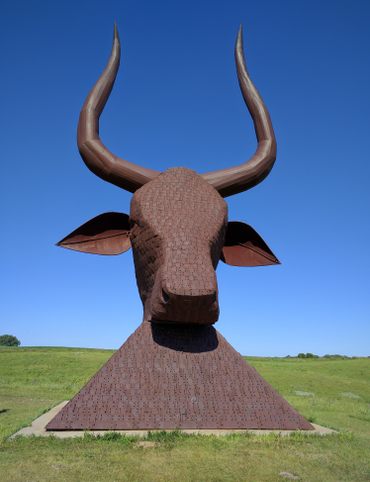
7 Inexplicably Huge Animals in South Dakota
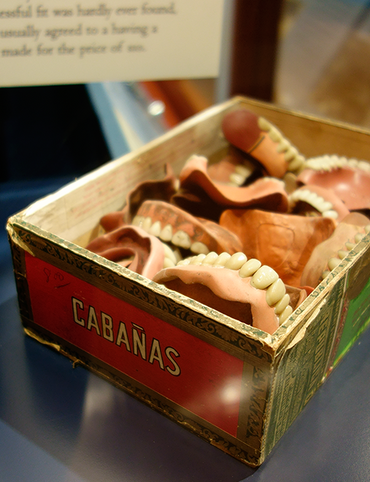
6 Fascinating Medical Marvels in Pennsylvania

8 Places in Virginia That Aren’t What They Seem
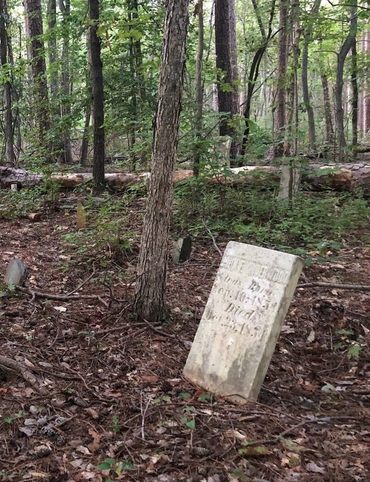
7 Cool, Creepy, and Unusual Graves Found in North Carolina
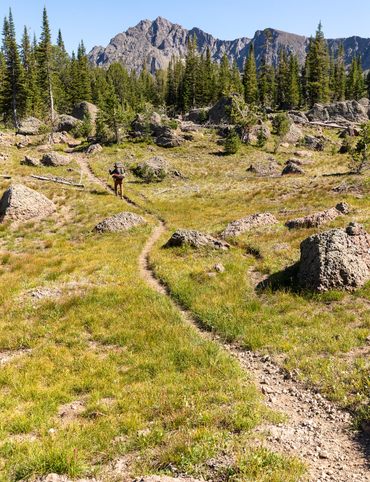
7 of Montana's Spellbinding Stone Structures

9 of Oregon’s Most Fascinating Holes and Hollows
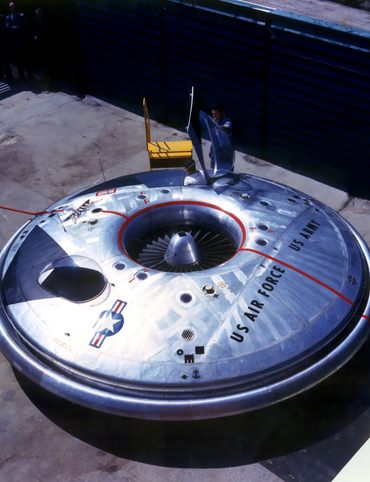
Take to the Skies With These 9 Gravity-Defying Sites in Ohio

9 Strange and Surreal Spots in Washington State
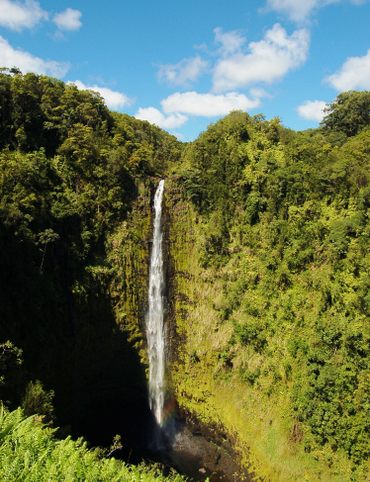
8 Watery Wonders in Hawaiʻi, Without Setting Foot in the Ocean
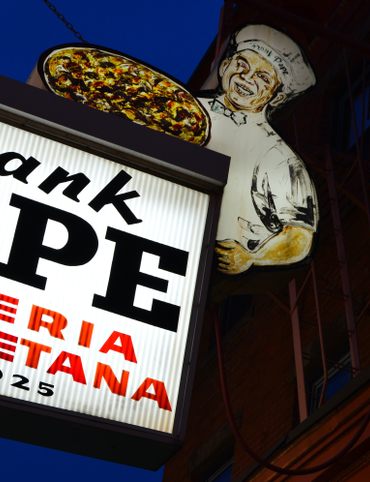
6 Unusual Eats Curiously Cooked Up in Connecticut

11 Close Encounters With Aliens and Explosions in New Mexico
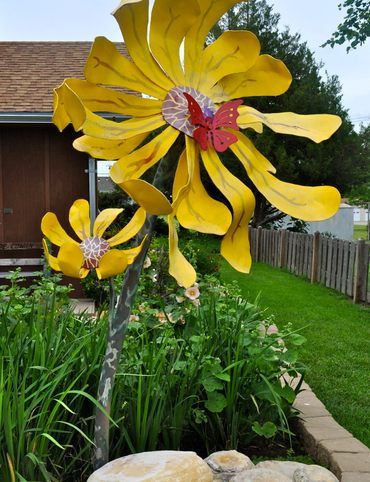
10 Places to Trip Way Out in Kansas
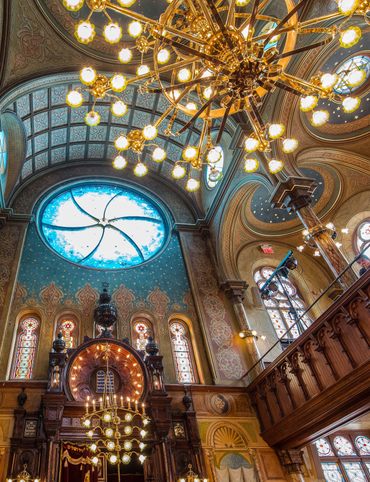
The Resilience of New York in 10 Remarkable Sites
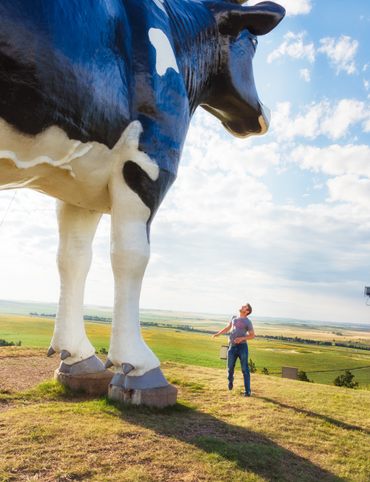
7 Very Tall Things in Very Flat North Dakota
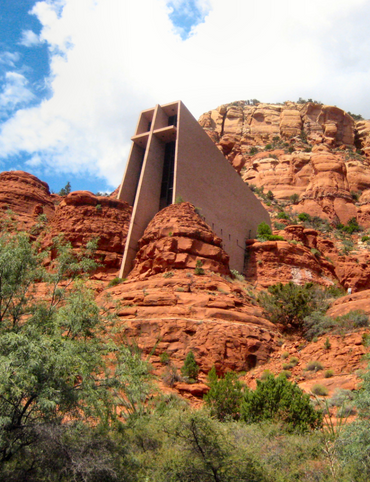
8 Blissfully Shady Spots to Escape the Arizona Sun
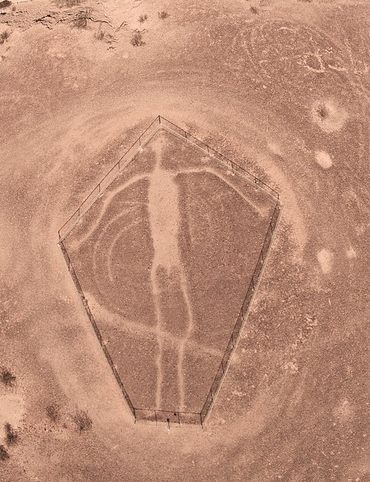
9 Surprisingly Ancient Marvels in Modern California
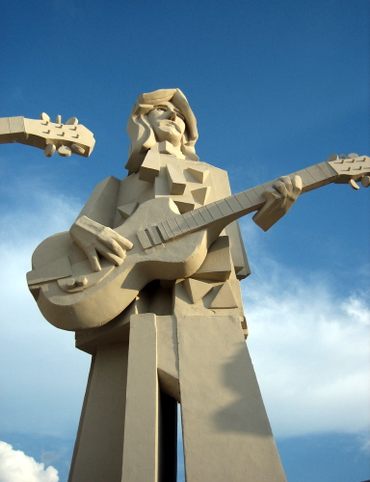
10 Art Installations That Prove Everything's Bigger in Texas
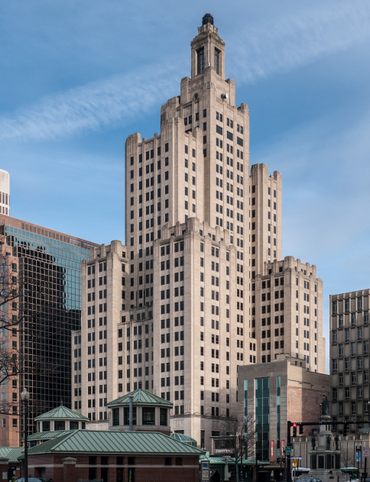
6 Huge Things in Tiny Rhode Island
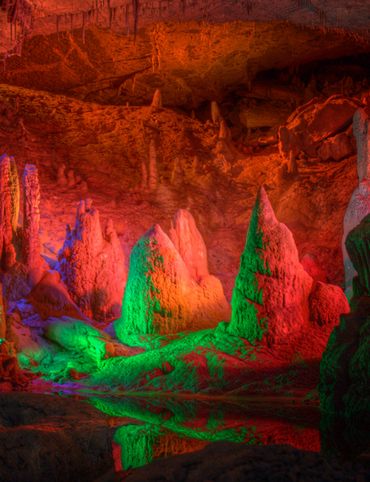
7 Underground Thrills Only Found in Tennessee

Sink Into 7 of Louisiana's Swampiest Secrets

7 Mechanical Marvels in Michigan

11 Wholesome Spots in Nevada

7 Places to Glimpse Maine's Rich Railroad History

11 Places Where Alaska Bursts Into Color
